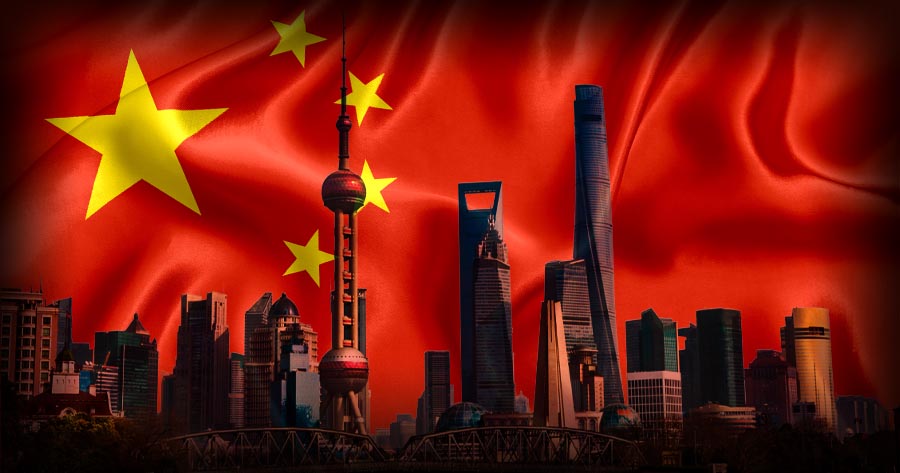Federal Reverse Chair Jerome Powell said the Fed is prepared to raise interest rates by half percentage point at the next meeting if needed, coming forward with a much hawkish tone to curb down inflation than he used just last week.
Earlier last week, the Fed raised interest rates by a quarter point ending two years of near-zero borrowing costs. The Fed also signaled six more hikes this year based on median projection. In his latest speech, he indicated that the Fed if required could raise interest rate by half-point in the next meeting on May 3-4.
“If we conclude that it is appropriate to move more aggressively by raising the federal funds rate by more than 25 basis points at a meeting or meetings, we will do so,” Powell said in a speech titled “Restoring Price Stability” to the National Association for Business Economics on Monday.
In follow up remarks, Powell was asked by the moderator if there anything could was stopping the Fed to hike rate by half point in May and he responded, “What would prevent us? Nothing: Executive summary,” he said, drawing laughs from the audience.
He added that such a decision had not been made, but acknowledged it was possible if warranted by incoming data.
“My colleagues and I may well reach the conclusion that we’ll need to move more quickly and if so we will do so,” he said.
The market accordingly responded right away after his speech, sending Treasury yields higher as investors bets that the Fed will raise interest rates by a half point in May to tame down inflation at it highest level in 40 year.
“He doesn’t want to preside over another episode where they were too slow to act,” said Derek Tang, an economist at L.H. Meyer in Washington. “He is trying to get ahead of things. We were leaning toward a half-point hike in June, but this speech could move it to May.”
The rate is anticipated to reach 2.8% in 2023, beyond the so-called neutral rate of about 2.4% that neither speeds up nor slows down economic activity.
“And if we determine that we need to tighten beyond common measures of neutral and into a more restrictive stance, we will do that as well,” Powell said.
Commodity
In last week’s key comments during the press conference, Powell said Russia’s invasion of Ukraine is putting higher upward pressure on food, energy and other commodity prices and at a time when inflation is too high.
He said central banks typically look through event-driven commodity price shocks. But this time won’t necessarily be typical.
“The risk is rising that an extended period of high inflation could push longer-term expectations uncomfortably higher, which underscores the need for the committee to move expeditiously as I have described,” he said.
This suggests that Fed chief expects even higher inflation as a greater risk to the economy than any near term slowdown.
Powell described the U.S. economy as “very strong” and said it is well positioned to handle higher interest rates. The Fed last week forecasted economic growth of 2.8% this year, but Russia’s invasion of Ukraine has thrown new risk into their outlook.
Fed’s Balance Sheet
On winding down Fed’s pandemic era $8.9 trillion balance sheet, policy markers are yet to make a decision. Powell reiterated last week’s comments saying “could come as soon as our next meeting in May, though that is not a decision that we have made.”
The Fed chair said policy makers are now no longer assuming significant relief on supply-chain issues and will be looking for “actual progress” on inflation to guide interest rate decisions.
Despite the aggressive tone of Powell’s remarks, he said he remained optimistic about soft-landing the economy to some sustainable growth rate.




